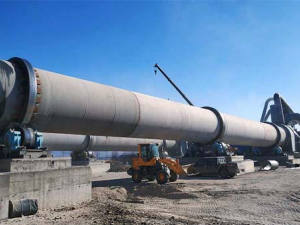

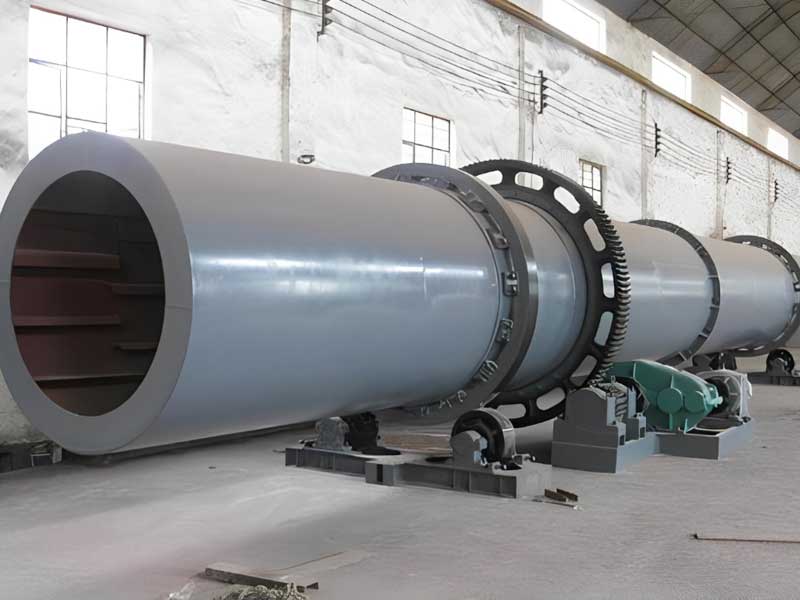

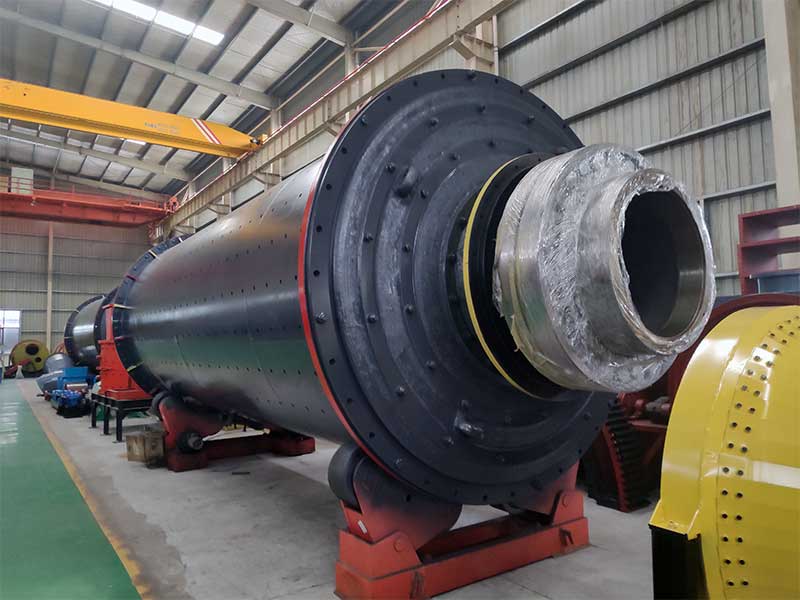

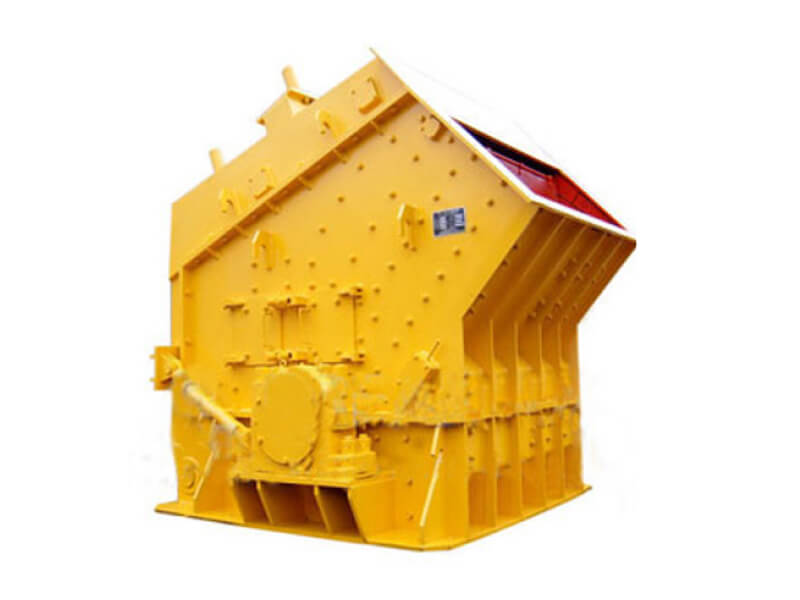

50000 ㎡
The company's headquarters covers an area of 50000 square meters.15000 ㎡
It has two 15000 square meters of standardized heavy industrial plants.600 +
More than 160 sets of various large and medium-sized gold processing, riveting and assembly equipment.Keep improving, treat customers honestly, and take zero mistakes as the management mechanism.
Quality first, service first is our service tenet, quality is the life of the enterprise, and customer satisfaction is our goal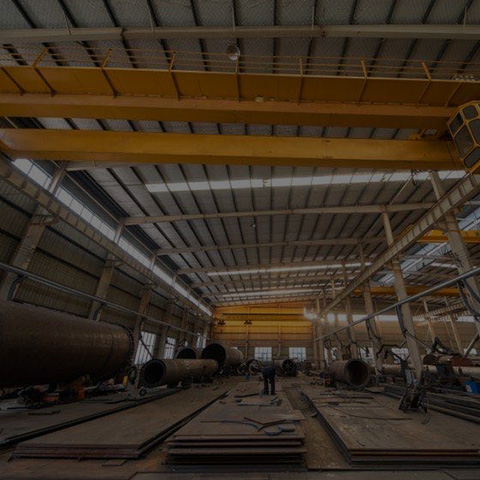
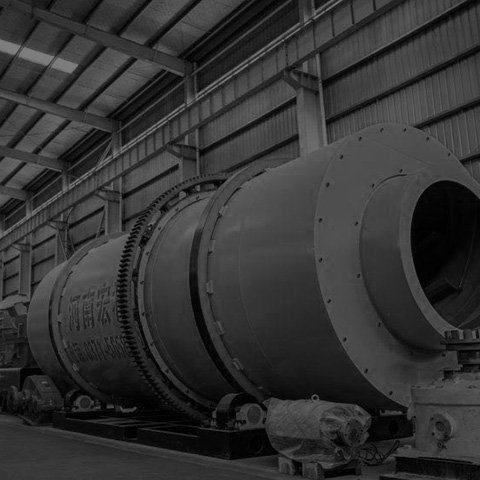
Supply Rotary Kiln For 30 Years
Seeking truth from facts with good faith for the operation of the dedication, in conformity with principle of keeping improving, dealing honestly with customers, and taking zero fault as management mechanism, quality first and the best service are our service essentials.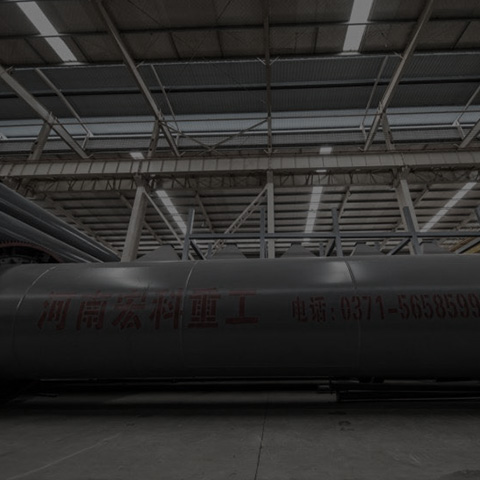
Ball Mill Load Adjustment Core Precautions
The considerations for load adjustment of the ball mill cover a number of aspects to ensure the safe operation and optimal perfo...
Hongke Heavy Industries appeared at the 2024 Jakarta International Construction Machinery and Mining
Hongke Heavy Industries appeared at the 2024 Jakarta International Construction Machinery and Mining Machinery Exhibition in Ind...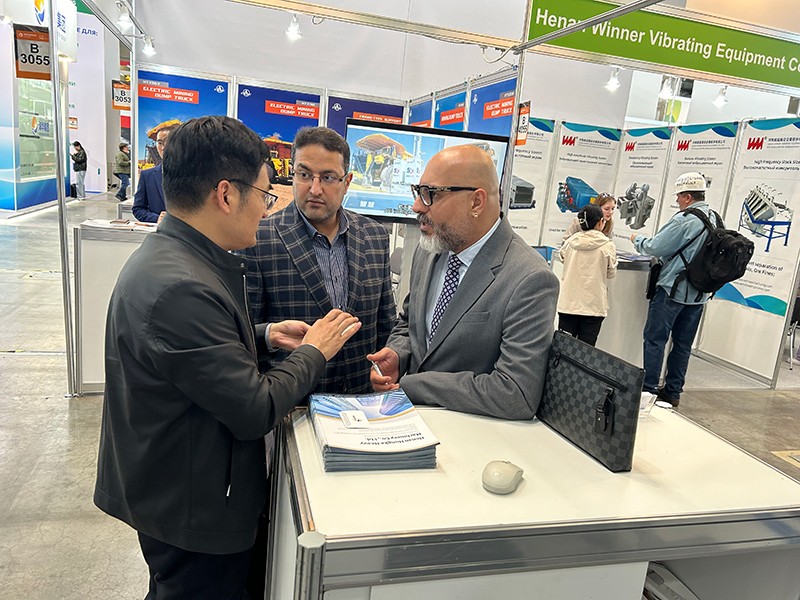
Hongke Heavy Industries to participate in the 2024 Russian mining feast
Hongke Heavy Industries to participate in the 2024 Russian mining feast